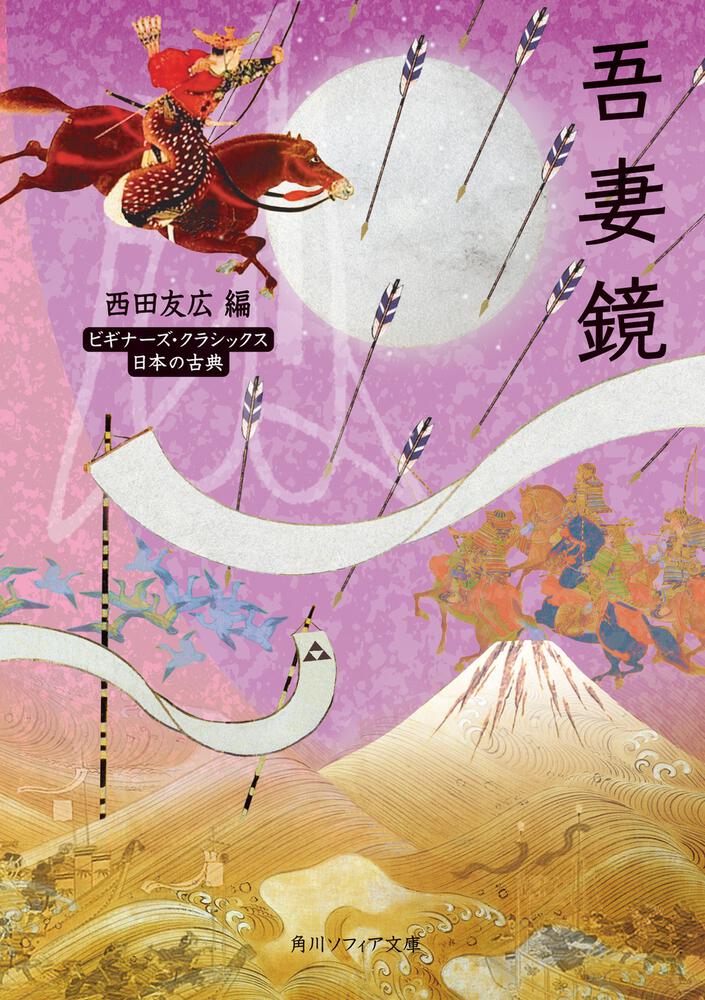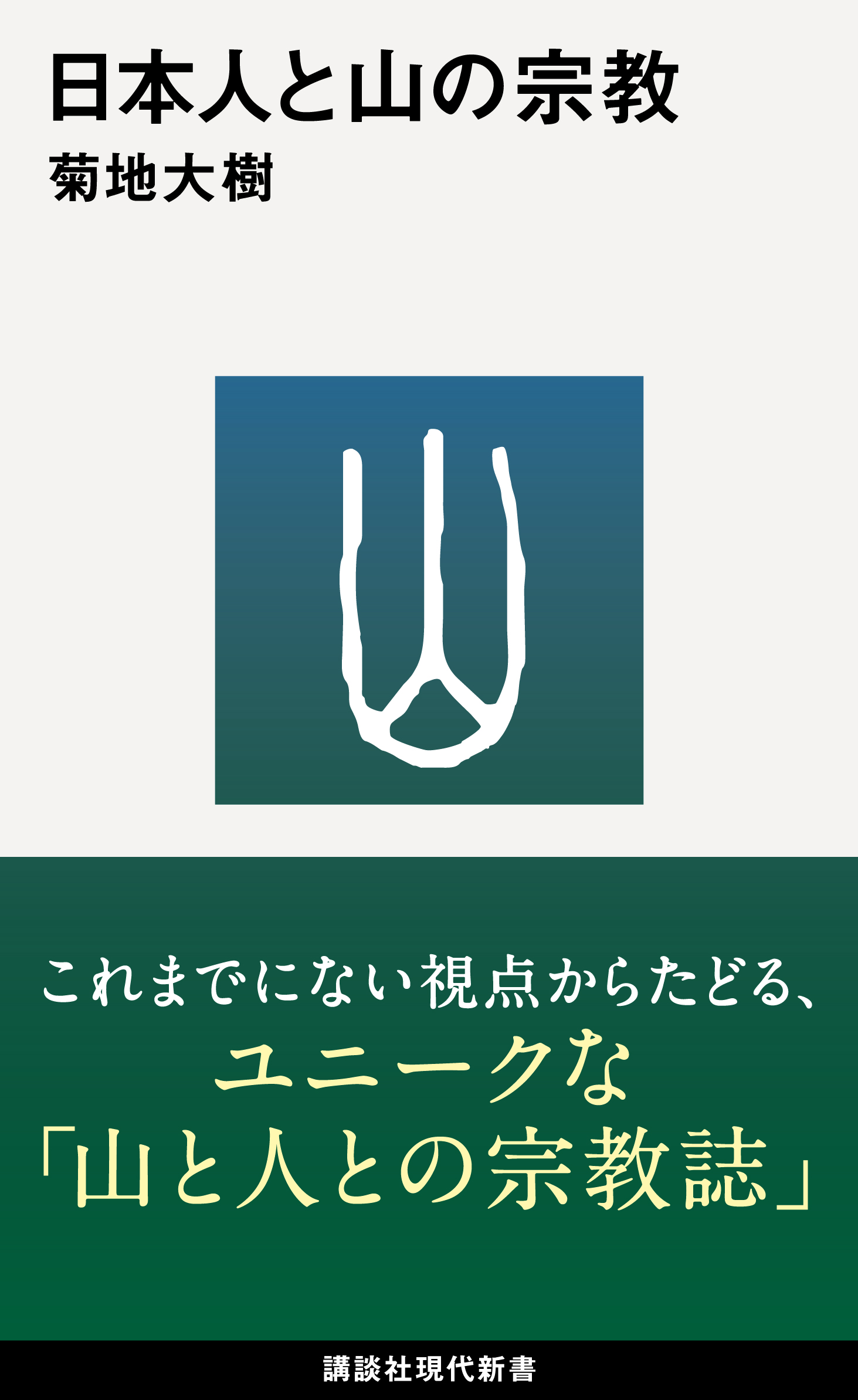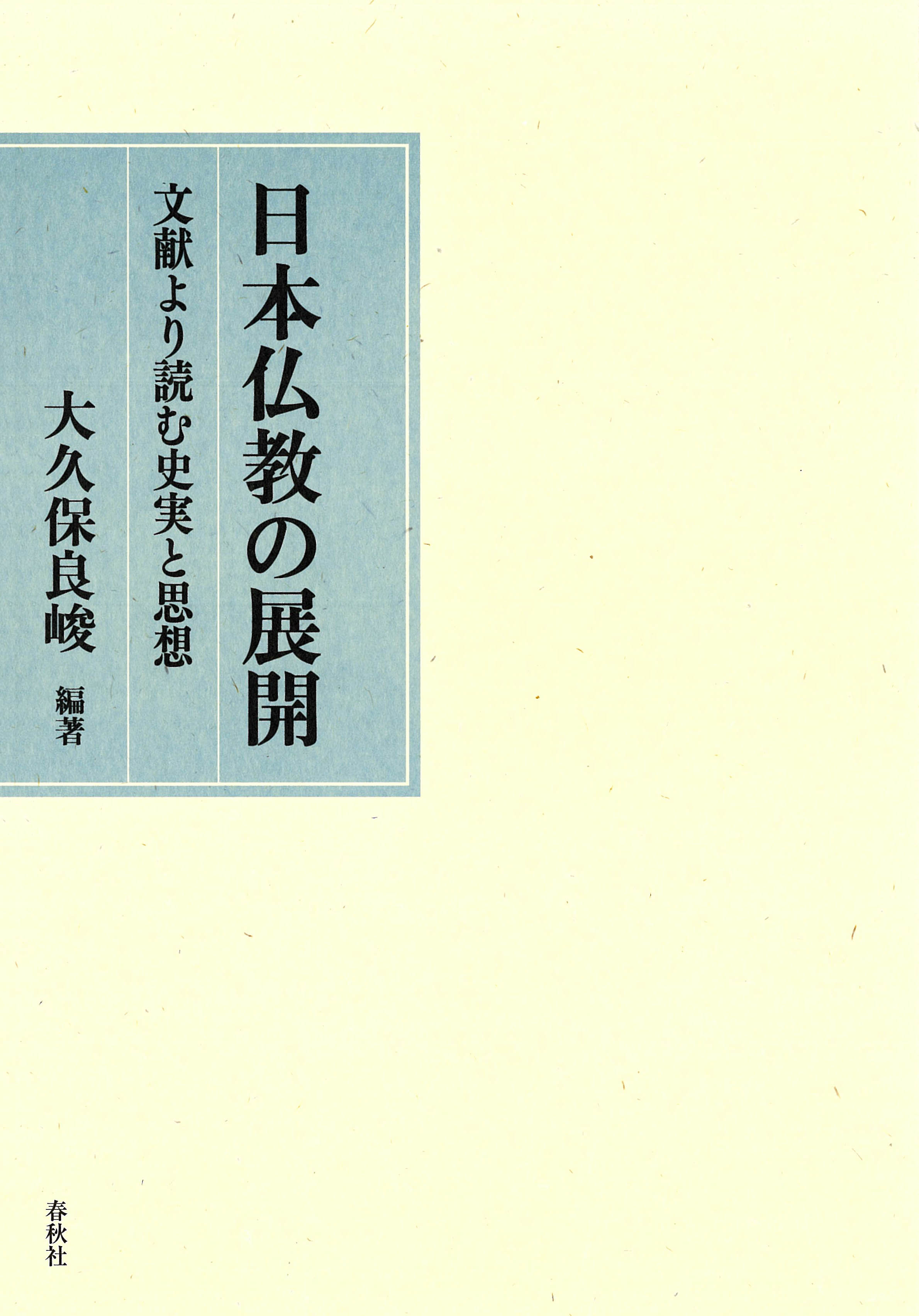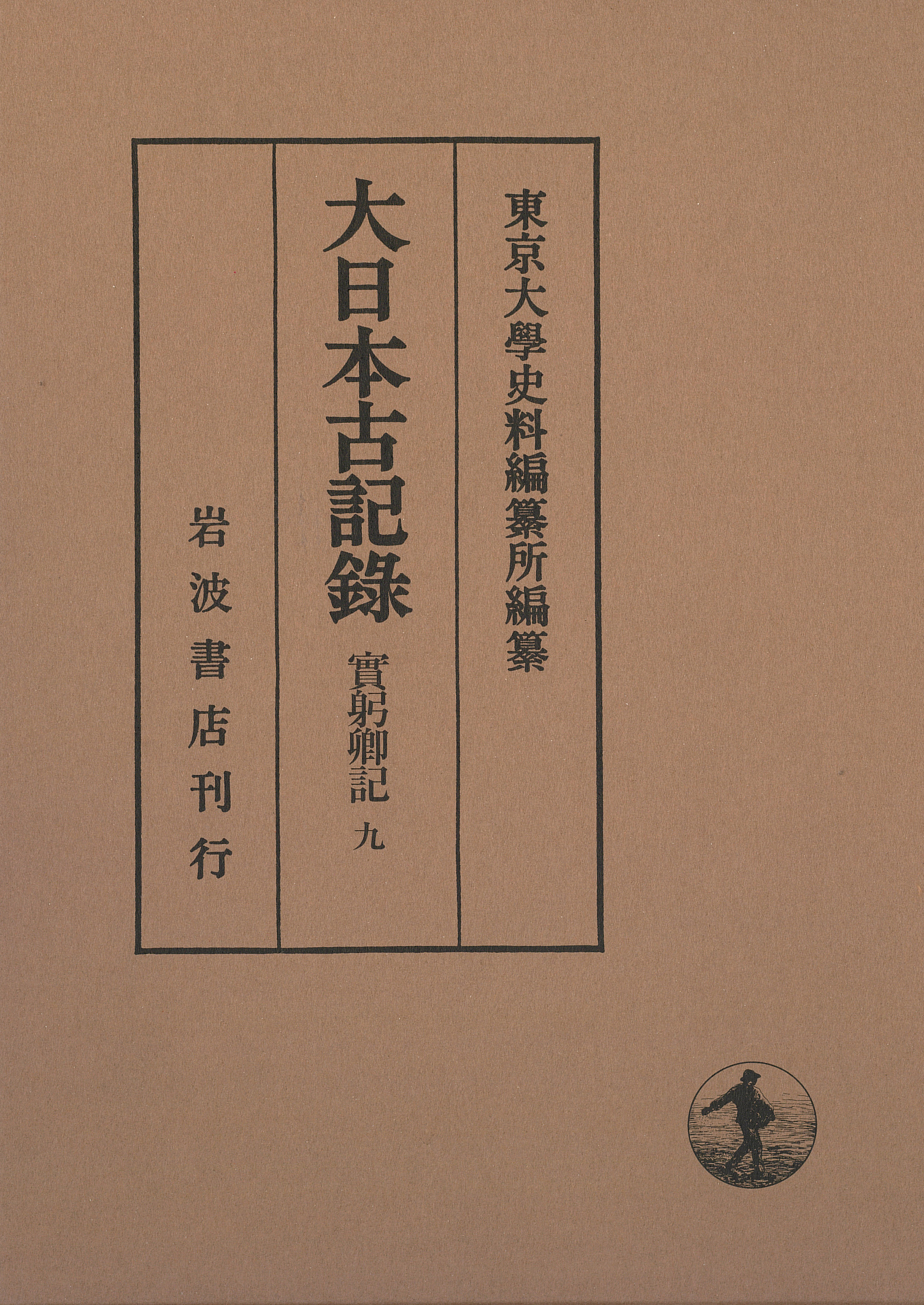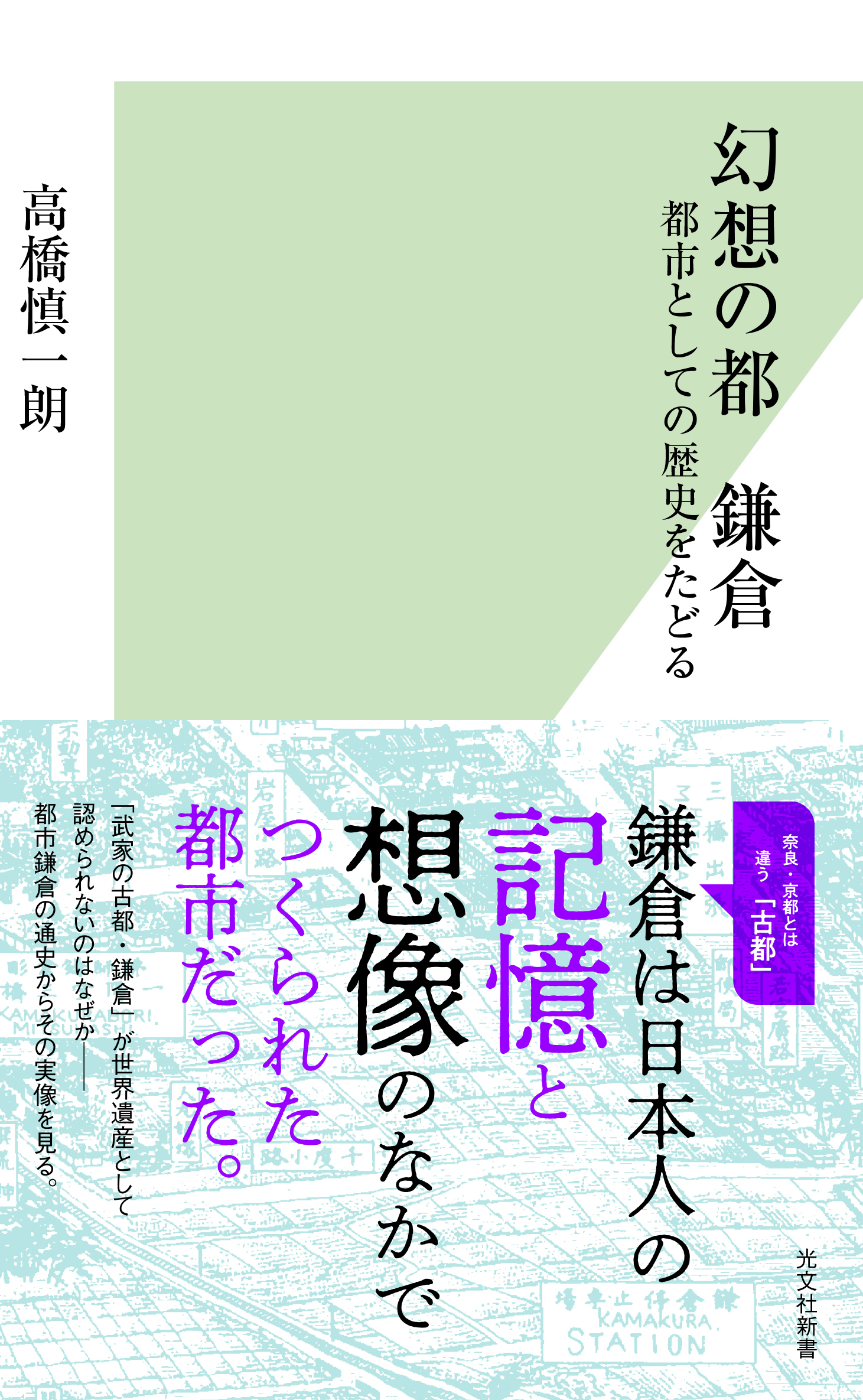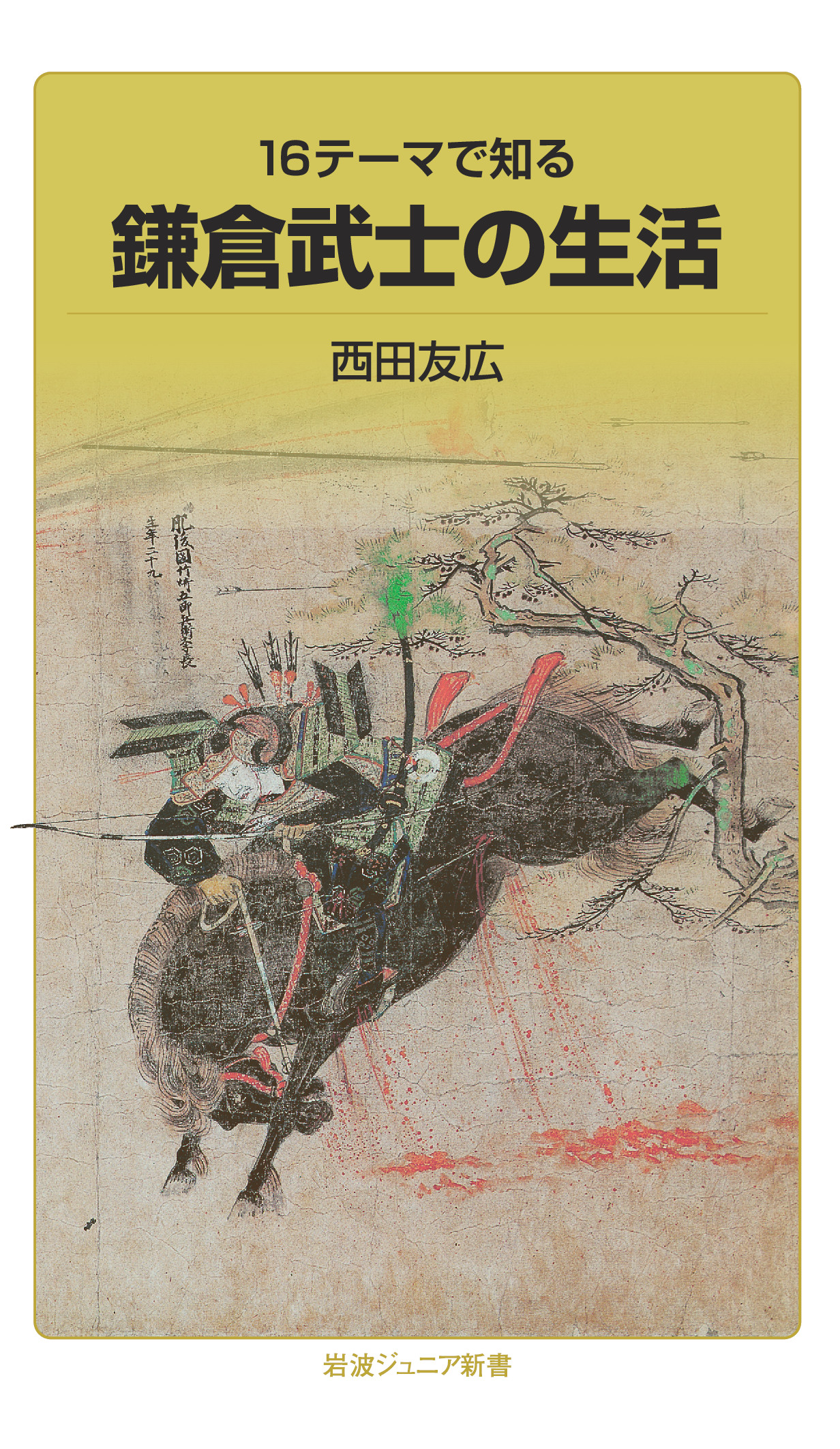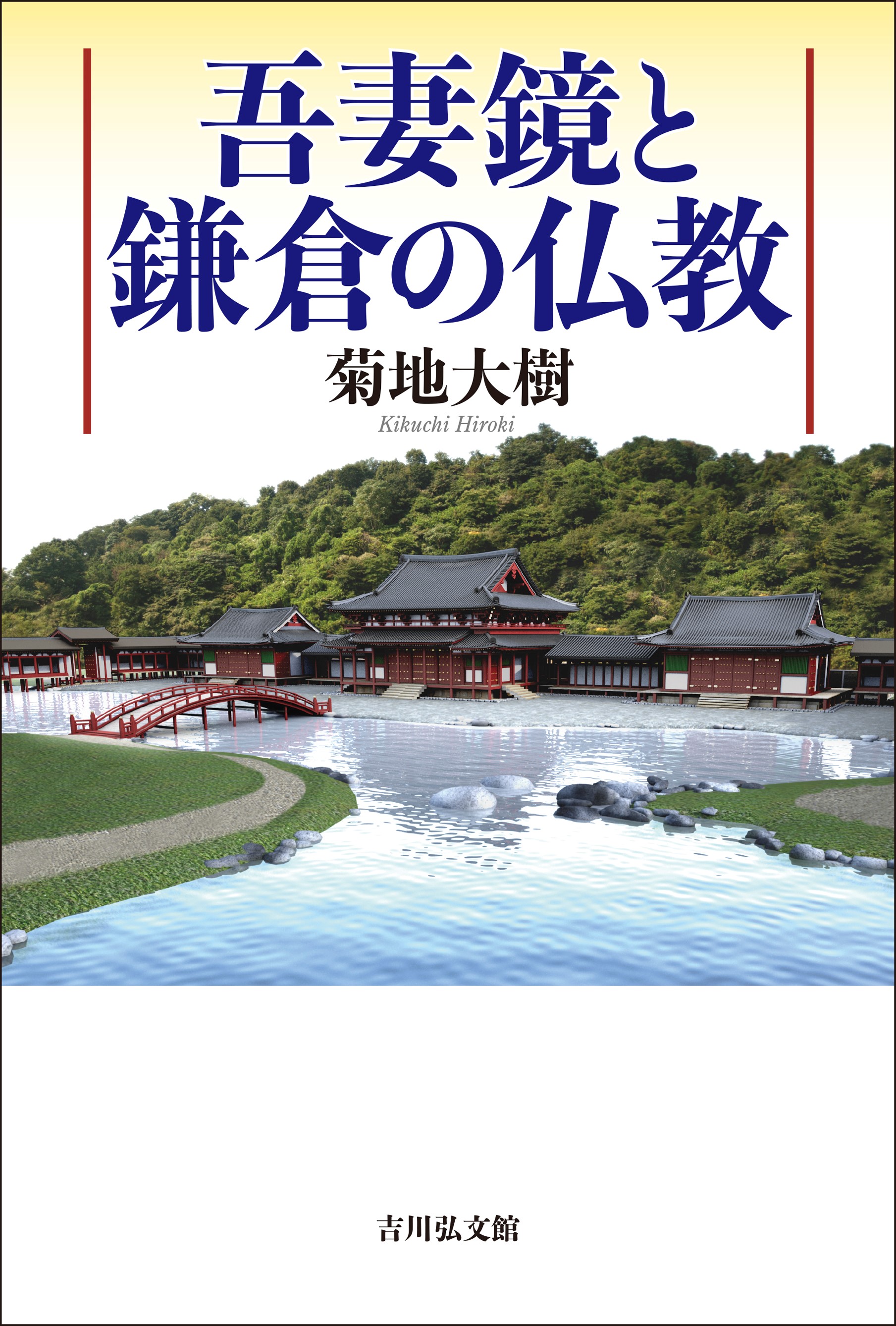
Title
Azuma Kagami to Kamakura no Bukkyo (Azuma Kagami and Buddhism in Kamakura)
Size
248 pages, 127x188mm
Language
Japanese
Released
March 14, 2023
ISBN
9784642084284
Published by
Yoshikawa Kobunkan
Book Info
See Book Availability at Library
Japanese Page
Azuma Kagami is known as an indispensable historical work for understanding medieval Japan. As such, various annotated editions and modern Japanese interpretations of the work have been published. Recently, various scenes based on articles from Azuma Kagami were depicted in the 2022 NHK historical drama “The 13 People of the Kamakura Shogunate.” This book was written in the form of five lecture-style chapters that cite these articles with the goal of sharing some of their charm with readers.
Although it is an official historical record of the shogunate, Azuma Kagami deals with various issues beyond politics and institutions, including the economy, society, culture, and religions and is deeply connected to Kamakura where the shogunate was located. Another appealing aspect of this work are the various narratives and stories that are provided in addition to factual descriptions.
Among the possible windows through which to examine this work, the present book focuses on Buddhism. For many people, the term “Kamakura Buddhism” likely brings to mind Hōnen, Shinran, and Nichiren and other schools associated with “the new Buddhist movement in Kamakura.” While this response is valid, the term also contains other nuances, including Buddhism during the Kamakura period and Buddhism in Kamakura as a city. In this book, we consider “Kamakura Buddhism” with a particular focus on Kamakura the city.
Azuma Kagami was compiled during a period when the shogunate government had come to a standstill having just repelled two Mongol invasions. As such, the first accounts appearing in the work about Yoritomo are stressed with particular eloquence. Stories about Yoritomo’s religious connections, including his development of aristocratic religious beliefs as a youth living in Kyoto, tend to highlight his uniqueness as an individual. This book elucidates this point, focusing specifically on his worship of Kannon.
In many aspects, as the shogunate gradually established itself as a governmental system, a religious regime took shape within this system. In Kamakura, the Tsurugaoka Hachimangū, Nikaidō Yōfukuji, and Ōmidō Shōchōjuin served as the central pillars of this regime. This book examines the activities of Eisai (1141-1215) and Ryūben (1208-1283), at their respective sites, while incorporating new information revealed by excavations carried out as part of the restoration of the abandoned Yōfukuji.
Unlike these large temples festooning the city of Kamakura, the new Buddhist movement spread deep in the winding valleys and low-lying mountains surrounding Kamakura. At the time, the deep valleys used as cemeteries dotted with numerous small grave-caves (J. yagura) that created a “hellish landscape.” This more obscure side of Kamakura is rarely depicted in Azuma Kagami. As such, this book attempts to characterize the religious figures who fervently preached in this area as seen through Nichiren’s lens. The book closes by examining the relationship between Kyoto and Kamakura as depicted in Azuma Kagami, which ends with a chronicle of Prince Munetaka, and a look ahead to subsequent eras.
The world of Azuma Kagami and Kamakura taken up in this book represents only a fraction of the story. My hope is that the book serves as an entry point for readers to envision Kamakura’s past and inspires readers to visit present-day Kamakura.
(Written by KIKUCHI Hiroki, Professor, Historiographical Institute / 2023)



 Find a book
Find a book


 eBook
eBook